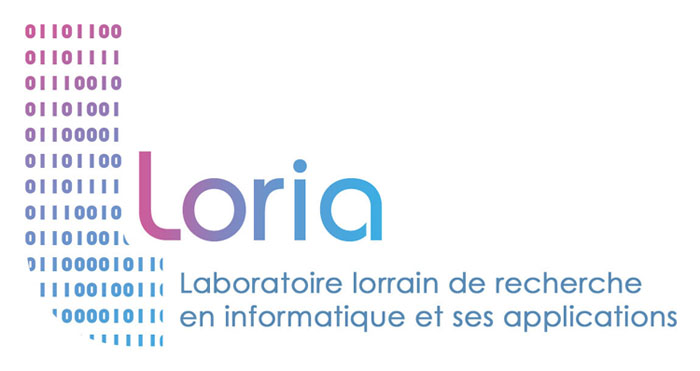

Gabriela Herrera (NeuroRhythms) will defend her thesis, entitled “Vibrotactile Feedback to Support Kinesthetic Motor Imagery in a Brain-Computer Interface for Post-stroke Motor Rehabilitation”, on Wednesday, January 10th at 1:30 pm in room C005.
Brain-computer interfaces (BCIs) hold promise for post-stroke brain rehabilitation, relying on Kinesthetic Motor Imagery (KMI). KMI involves mentally simulating movement sensations but lacks crucial sensory feedback, impeding the learning process. BCIs, which detect brain electrical activity during KMI, play a vital role by offering feedback and contributing to the recovery journey. We introduce vibrotactile (VT) stimulation to tackle the lack of feedback. By stimulating the skin, VT feedback assists patients in evaluating their performance. This input and a gamified, semi-immersive virtual scenario create comprehensive feedback that actively supports KMI execution. This thesis proposes a user-centered approach to develop an innovative BCI that integrates visual and haptic feedback, distinguishing itself from technology-centered methods. A novel VT feedback is designed, merged with visual animation, and tested as a feedback modality for the BCI. The emphasis on a user-centered methodology underscores the potential to redefine post-stroke patient studies, providing a robust roadmap for future endeavors in this evolving domain. This holistic approach not only positions the user at the core of the design process but also signifies a transformative shift in how we approach and apply BCIs in post-stroke rehabilitation.
